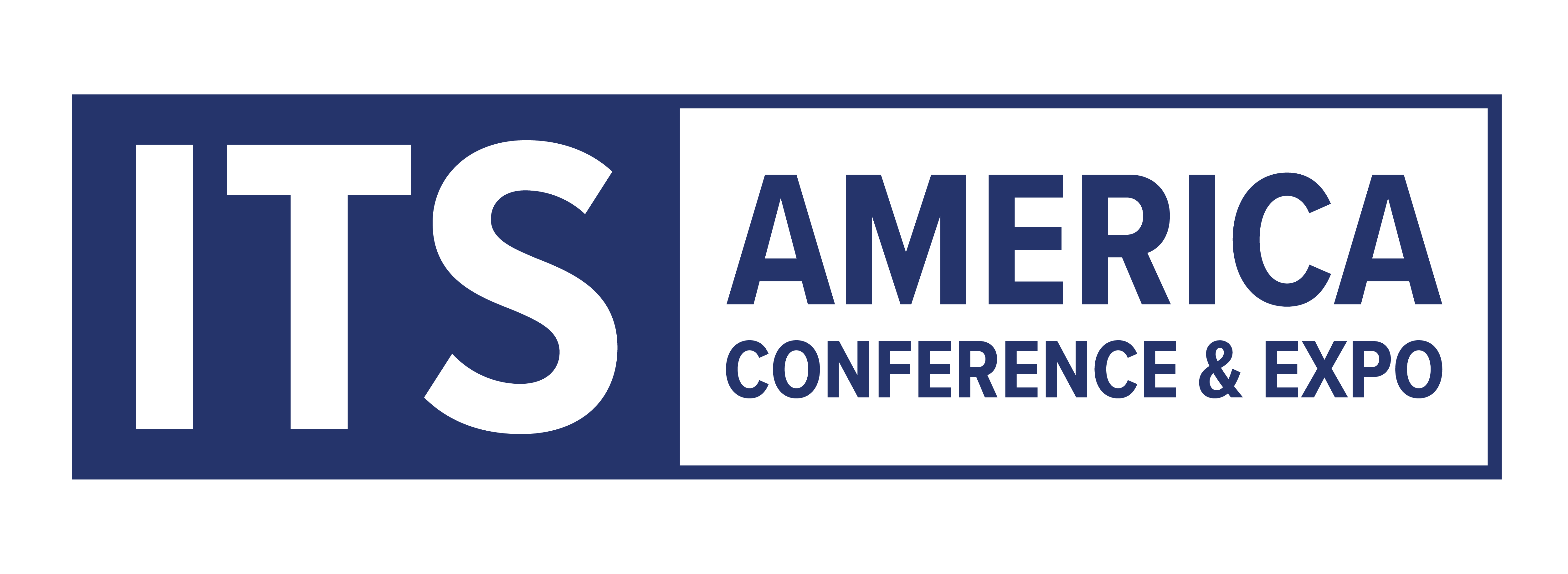
Does the increased amount of M&A/consolidation in ITS mean that the sector is ‘coming of age’?
I think that ‘coming of age’ is a reasonable way to characterise the consolidation trend.
Investors are increasingly attracted to the potential in the ITS sector for a range of reasons. Some of these reasons include strong government funding, increased awareness of the ITS sector’s potential to help address climate change and traveller safety, and the fact that ITS can help reduce transportation costs in a world with significant economic competition between countries.
What tech trends stand out for you in ITS at the moment?
I believe the pace of technology adoption in the ITS market is accelerating as public agencies become increasingly aware of the benefits offered by innovative solutions. Over the last several years there has been an explosion in the number of sensor providers, and there has been a significant uptake in adaptive signal control systems. Looking ahead, as public agencies get increasingly comfortable with having data and analytics being cloud- based rather than on-premise we will see continuing growth in that area. With autonomous vehicles inching closer to broad adoption, we can expect increased sharing of information between vehicles and the roadside infrastructure.
Where do you think venture capitalists (VC) and private equity providers will be increasingly looking to put their money in ITS?
VCs invest in earlier stage companies than private equity. I would anticipate that VCs will invest in “higher risk, higher reward” opportunities … perhaps companies looking to change the world through new software-centric applications involving analytics and AI, or companies with significant energy storage and distribution applications that could benefit climate change initiatives. Private equity firms, such as Vance Street Capital whom I advise, will look for established leaders in various ITS sectors and look to improve their operations. Private equity- owned companies are focused on value-creation through various means which could include better supply chain management, new product innovation, and enhanced customer support.
What headwinds and opportunities do you see for ITS companies in the US market?
I think the most notable headwind will be the pace at which public agencies are able to accept and deploy new technology. Private sector companies are not constrained by public policy so they can innovate at a pace of their choosing. In my experience, public agencies are often deploying technologies that were developed five or even 10 years earlier. Regarding opportunities in the US market, the factors mentioned above in the first question should be in play for a long time… healthy agency budgets, needs to address climate change and reduce the cost of transportation, and broad recognition of the benefit of ITS deployment.
Where do you think the roll-out of electric vehicle infrastructure fits into all this? The adoption of electric vehicles is quite strong, but ‘range anxiety’ is widely considered to be a constraint to the adoption growth rate. I expect the build- out of charging infrastructure to be strong. Range anxiety will decrease over time, particularly as the available of fast DCFC chargers improves. I expect various ITS market players to provide route guidance optimisation for EV owners so this is likely to emerge as a growth market segmen


















